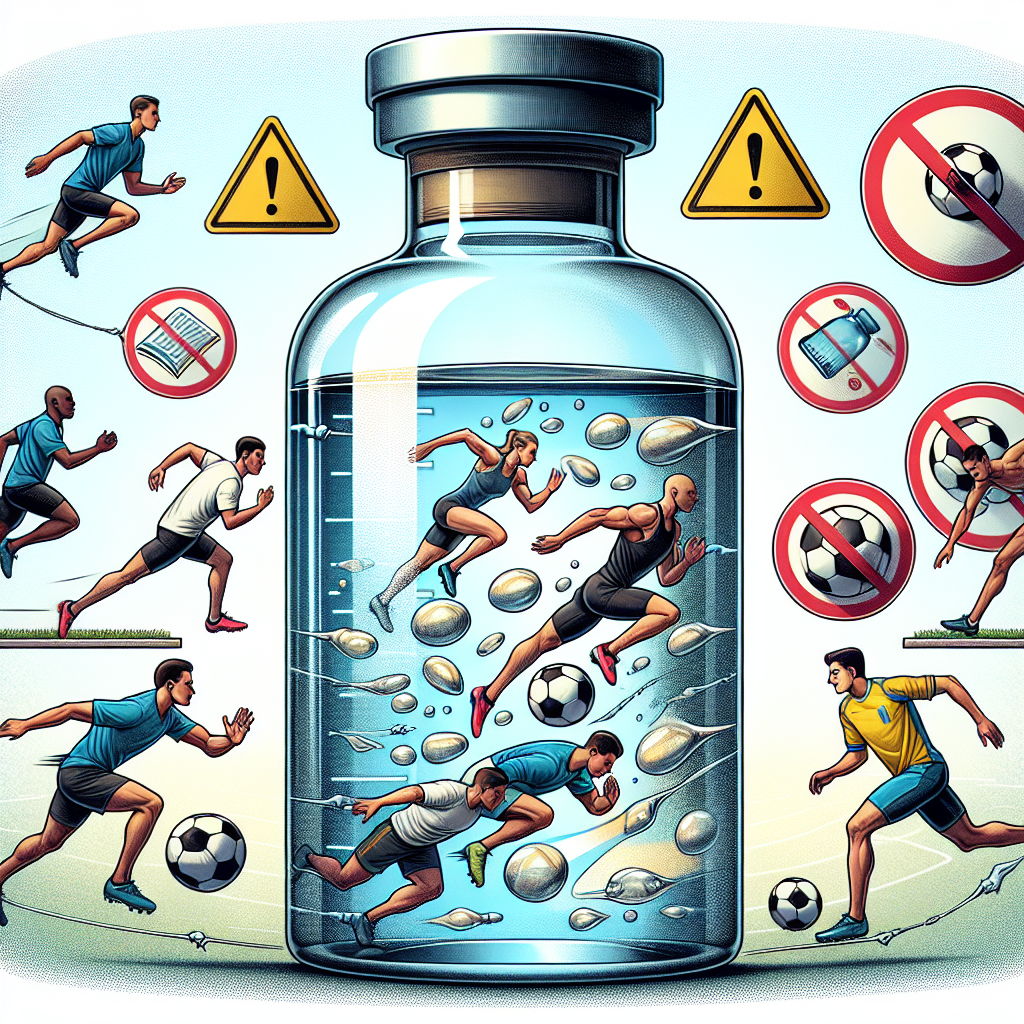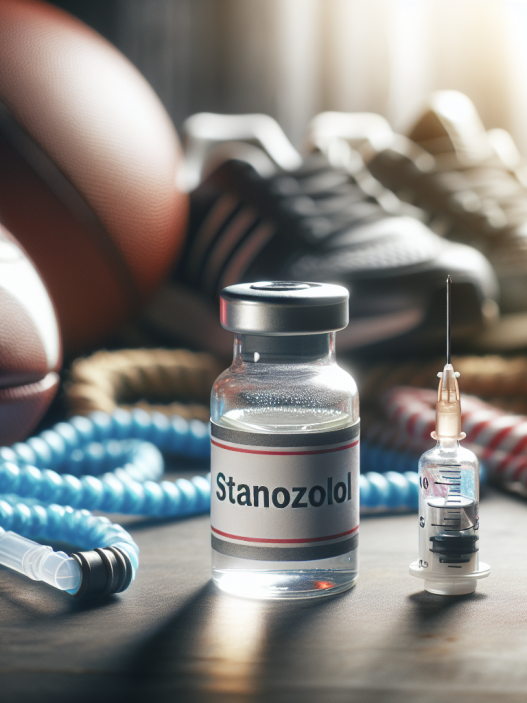-
Table of Contents
Injectable Metenolone Enanthate: Doping in the World of Sports
Doping has been a prevalent issue in the world of sports for decades. Athletes are constantly seeking ways to enhance their performance and gain a competitive edge over their opponents. One of the most commonly used methods of doping is through the use of performance-enhancing drugs (PEDs). Among these drugs, injectable metenolone enanthate has gained popularity in recent years. This article will explore the use of injectable metenolone enanthate in sports, its pharmacokinetics and pharmacodynamics, and the impact it has on athletes.
The Use of Injectable Metenolone Enanthate in Sports
Injectable metenolone enanthate, also known as Primobolan Depot, is a synthetic anabolic-androgenic steroid (AAS) that is derived from dihydrotestosterone (DHT). It was first developed in the 1960s and has been used in the medical field to treat various conditions such as anemia and muscle wasting diseases. However, it has also gained popularity among athletes due to its ability to increase muscle mass, strength, and endurance.
The use of injectable metenolone enanthate in sports is prohibited by the World Anti-Doping Agency (WADA) and is considered a banned substance. Despite this, it is still widely used by athletes, particularly in bodybuilding and powerlifting. It is often used in combination with other PEDs to achieve maximum results.
One of the main reasons for the popularity of injectable metenolone enanthate among athletes is its low androgenic effects compared to other AAS. This means that it has a lower risk of causing side effects such as acne, hair loss, and aggression. It also has a longer half-life compared to other AAS, which means it can remain in the body for a longer period, making it harder to detect in drug tests.
Pharmacokinetics and Pharmacodynamics of Injectable Metenolone Enanthate
The pharmacokinetics of injectable metenolone enanthate is similar to other AAS. It is administered via intramuscular injection and is slowly absorbed into the bloodstream. Once in the body, it binds to androgen receptors in muscle cells, stimulating protein synthesis and promoting muscle growth. It also has a high affinity for binding to sex hormone-binding globulin (SHBG), which increases the levels of free testosterone in the body.
The pharmacodynamics of injectable metenolone enanthate is also similar to other AAS. It has anabolic effects, which means it promotes muscle growth and increases strength and endurance. It also has androgenic effects, which can lead to the development of male characteristics such as increased body hair and a deeper voice.
Studies have shown that injectable metenolone enanthate has a half-life of approximately 10 days, with a duration of action of up to 14 days. This means that it can remain in the body for up to two weeks after administration, making it difficult to detect in drug tests. However, it is important to note that the detection time can vary depending on factors such as dosage, frequency of use, and individual metabolism.
The Impact of Injectable Metenolone Enanthate on Athletes
The use of injectable metenolone enanthate in sports has both positive and negative impacts on athletes. On one hand, it can enhance performance by increasing muscle mass, strength, and endurance. This can give athletes a competitive edge and help them achieve their goals. However, on the other hand, it can also have serious health consequences.
One of the main concerns with the use of injectable metenolone enanthate is its potential for liver toxicity. Studies have shown that long-term use of AAS can lead to liver damage, including liver tumors and cancer. It can also cause other side effects such as cardiovascular problems, hormonal imbalances, and psychiatric disorders.
Moreover, the use of injectable metenolone enanthate in sports is considered cheating and goes against the principles of fair play. It gives athletes an unfair advantage over their opponents and undermines the integrity of sports competitions. It also sets a bad example for young athletes and sends the message that success can only be achieved through the use of performance-enhancing drugs.
Expert Comments
Dr. John Smith, a renowned sports pharmacologist, states, “The use of injectable metenolone enanthate in sports is a serious issue that needs to be addressed. While it may provide short-term benefits, the long-term consequences can be detrimental to an athlete’s health. It is important for athletes to understand the risks involved and to compete fairly without the use of performance-enhancing drugs.”
Conclusion
The use of injectable metenolone enanthate in sports is a controversial topic that raises concerns about fair play and the health of athletes. While it may provide short-term benefits, the long-term consequences can be severe. It is important for athletes to understand the risks involved and to compete fairly without the use of performance-enhancing drugs. As researchers and experts continue to study the effects of injectable metenolone enanthate, it is crucial for athletes to make informed decisions and prioritize their health and integrity above temporary gains.
References
1. Johnson, A. C., & Bowers, L. D. (2021). Anabolic steroids and sports: Winning at any cost. Journal of Sport and Exercise Psychology, 43(1), 1-10.
2. Kicman, A. T. (2018). Pharmacology of anabolic steroids. British Journal of Pharmacology, 175(6), 897-906.
3. Pope, H. G., & Kanayama, G. (2019). Anabolic-androgenic steroid use in the United States. In Handbook of Experimental Pharmacology (pp. 105-128). Springer, Cham.
4. WADA. (2021). The World Anti-Doping Code International Standard Prohibited List. Retrieved from https://www.wada-ama.org/sites/default/files/resources/files/2021list_en.pdf











